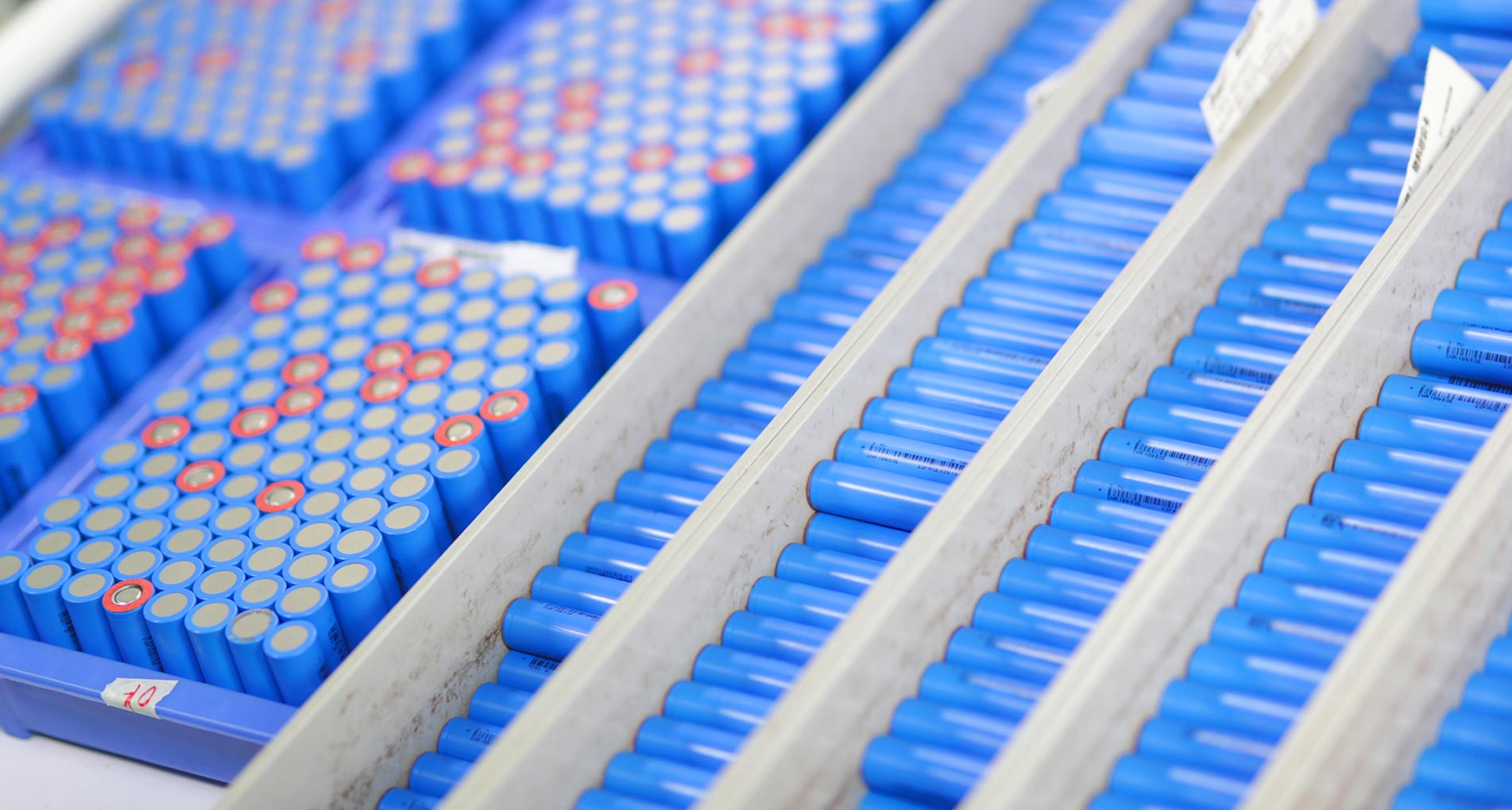The importance of self-discharge
The consistency of self-discharge is an important part of the influencing factors. Batteries with inconsistent self-discharge will have large SOC differences after being stored for a period of time, which will greatly affect its capacity and safety. Studying it will help improve the overall level of our custom lithium battery pack products, obtain a higher lifespan, and reduce the defective rate of products.
A battery containing a certain amount of electricity will lose part of its capacity after being stored at a certain temperature for a period of time. This is called self-discharge. To simply understand, self-discharge is the loss of battery capacity when it is not in use, such as the negative electrode’s power returning to the positive electrode or the battery’s power being lost through side reactions.
The importance of self-discharge
Custom lithium battery pack is currently used more and more widely in various digital devices such as notebooks, digital cameras, and digital camcorders. In addition, they also have broad prospects in automobiles, mobile base stations, energy storage power stations, etc. In this case, the use of batteries no longer appears individually as in mobile phones, but more in the form of battery packs connected in series or parallel.
The capacity and life of the battery pack are not only related to each individual battery, but also to the consistency between each battery. Poor consistency will greatly drag down the performance of the battery pack.
The consistency of self-discharge is an important part of the influencing factors. Custom lithium battery pack with inconsistent self-discharge will have large differences in SOC after being stored for a period of time, which will greatly affect its capacity and safety. Studying it will help improve the overall level of our battery packs, obtain a higher lifespan, and reduce the defective rate of products.

Self-discharge mechanism
The lithium cobalt graphite battery electrode reaction is as follows:
When the battery is open circuit, the above reaction does not occur, but the power will still decrease. This is mainly due to the self-discharge of the battery. The main causes of self-discharge are:
a. Internal electron leakage caused by local electron conduction in the electrolyte or other internal short circuits.
b. External electronic leakage caused by poor insulation of the battery seal or gasket or insufficient resistance between the external lead cases (external conductors, humidity).
c. Electrode/electrolyte reaction, such as corrosion of the anode or reduction of the cathode due to electrolyte and impurities.
d. Local decomposition of electrode active material.
e. Passivation of the electrode due to decomposition products (insoluble matter and adsorbed gas).
f. The electrode is mechanically worn or the resistance between the electrode and the current collector increases.
The self-discharge of metal impurities causes the aperture of the separator to be blocked, or even pierces the separator to cause a local short circuit, endangering the safety of the battery.
Self-discharge causes the SOC difference between batteries to increase and the battery pack capacity to decrease.
Due to the inconsistent self-discharge of the custom lithium battery pack, the SOC of the batteries in the battery pack will differ after storage, and the battery performance will decrease. Customers often find performance degradation after receiving a battery pack that has been stored for a period of time. When the SOC difference reaches about 20%, only 60% to 70% of the capacity of the combined battery remains.
Large differences in SOC can easily lead to overcharge and overdischarge of the battery.
If you have any question, please feel free to contact us:
- Name: Dawn Zeng (Director)
- E-mail address: sales@himaxelectronics.com



